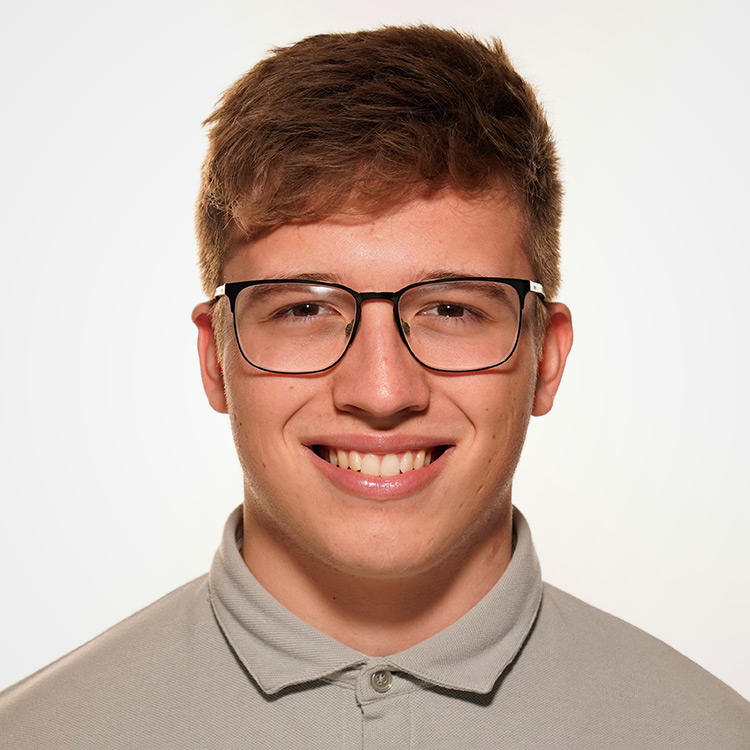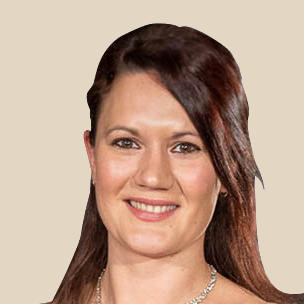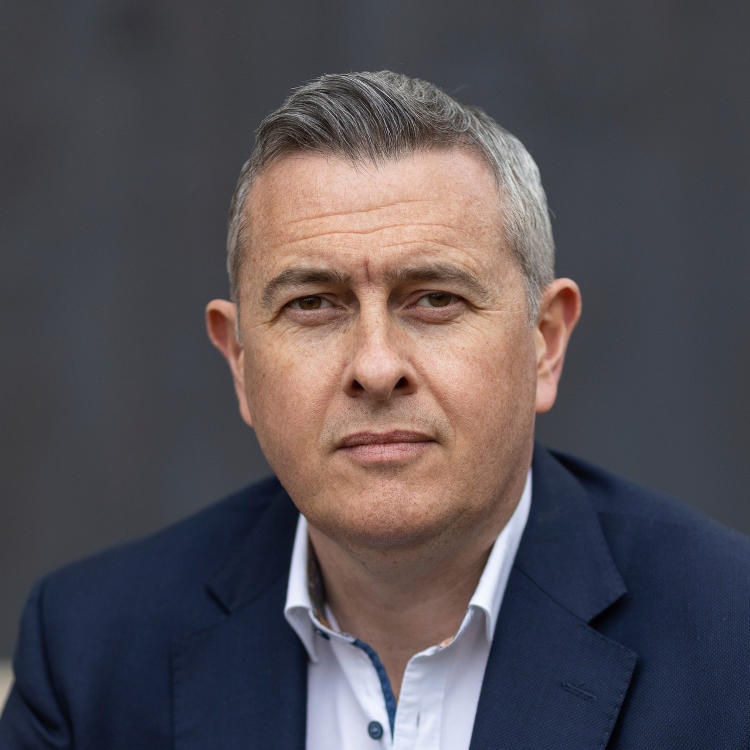Peter
CEO of Orbital Global, a digital services and technology company.
Key qualifications: BSc (Hons) and MRICS.
What does your job involve? I'm conceptualising, creating, developing and deploying digital innovations, that will have an impact in solving pressing global societal issues. To have that impact is both exciting and enormously rewarding.
How did you get into your current role? I qualified as a chartered surveyor in 1999 and pursued a career in property investment. However my passion has always been in conceptualising, innovating and deploying new technologies. I therefore left the property profession and set up my own business specialising in digital services and technology. I relentlessly self taught myself coding, project management, design, user experience and many other aspects of the early emerging digital technologies. Much to my surprise, this re-positioning and rapid skill acquisition within very early and new digital technology phases, very quickly marked out my knowledge and experience within global markets, opening up an array of new opportunities.
What did you want to be when you were younger? I did not have a fully formed idea of where I wanted to be. I personally believe it's very important for students to recognise that rapid advances in technology will almost certainly require a high degree of agility in how we all pursue future career options. In a generic sense, I did have a strong desire to become an entrepreneur and a passion for technology. Ultimately, I was able to put myself on a path that converged those two components of my early thinking.
What do you do outside work? I find it really important to have interests outside of work that can easily enable my mind to switch off and focus on something completely different. Physical activity and connecting with wild environments are important to me, which links with pursuits such as fishing, hiking, fossil hunting, astronomy and painting. But, I also enjoying playing tennis and reading as much as time allows.













